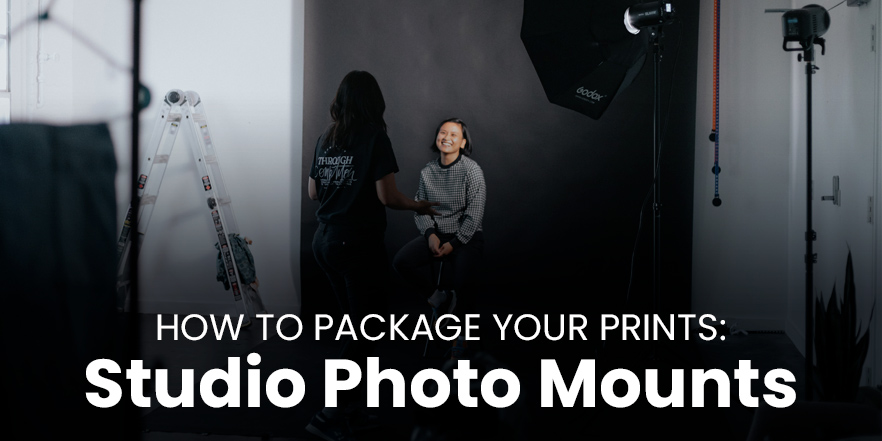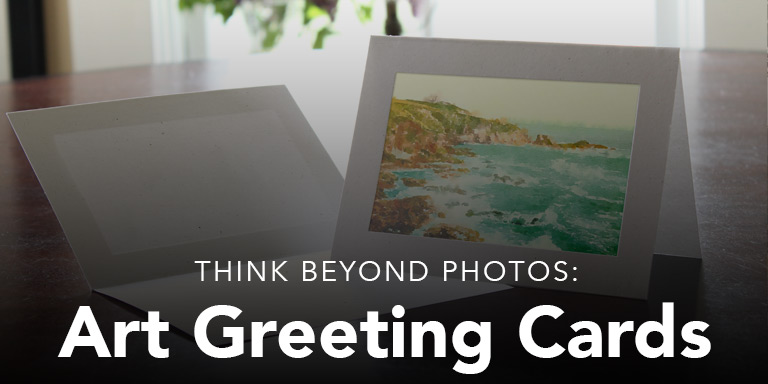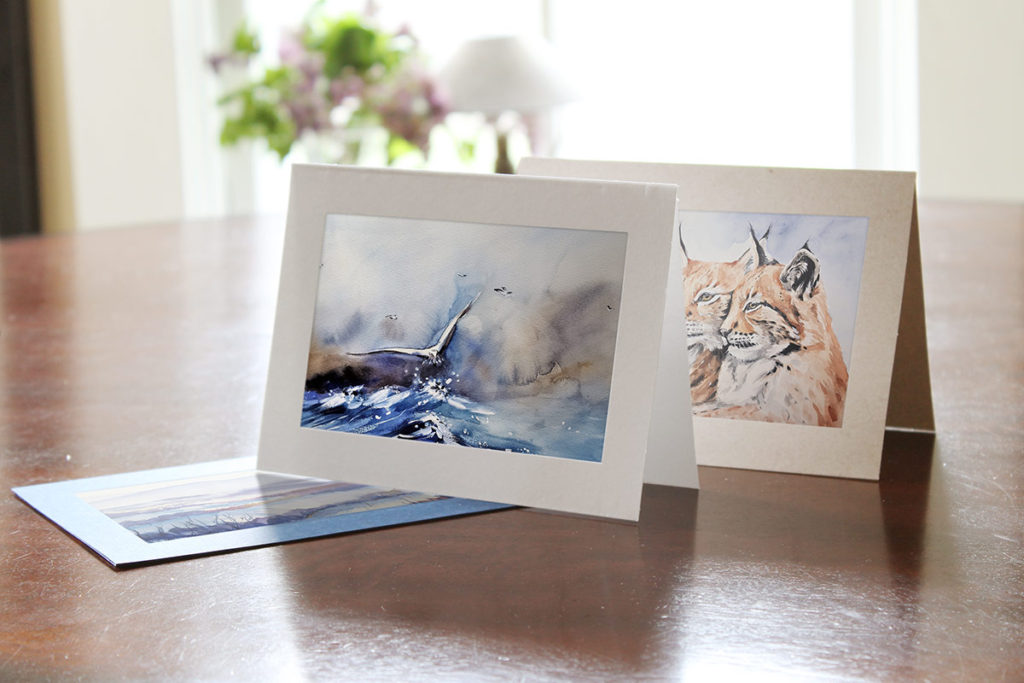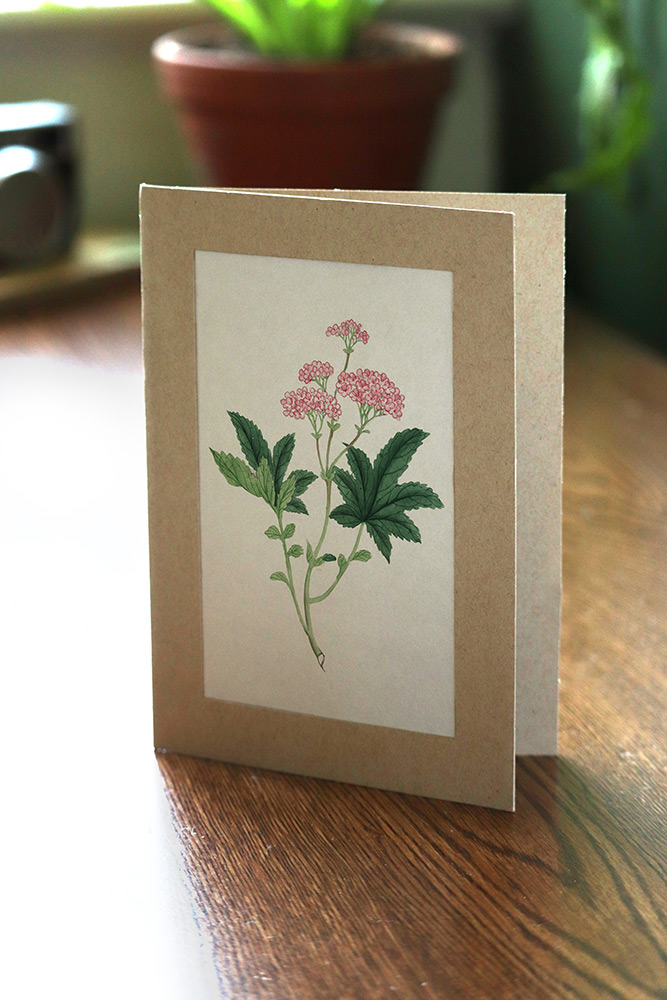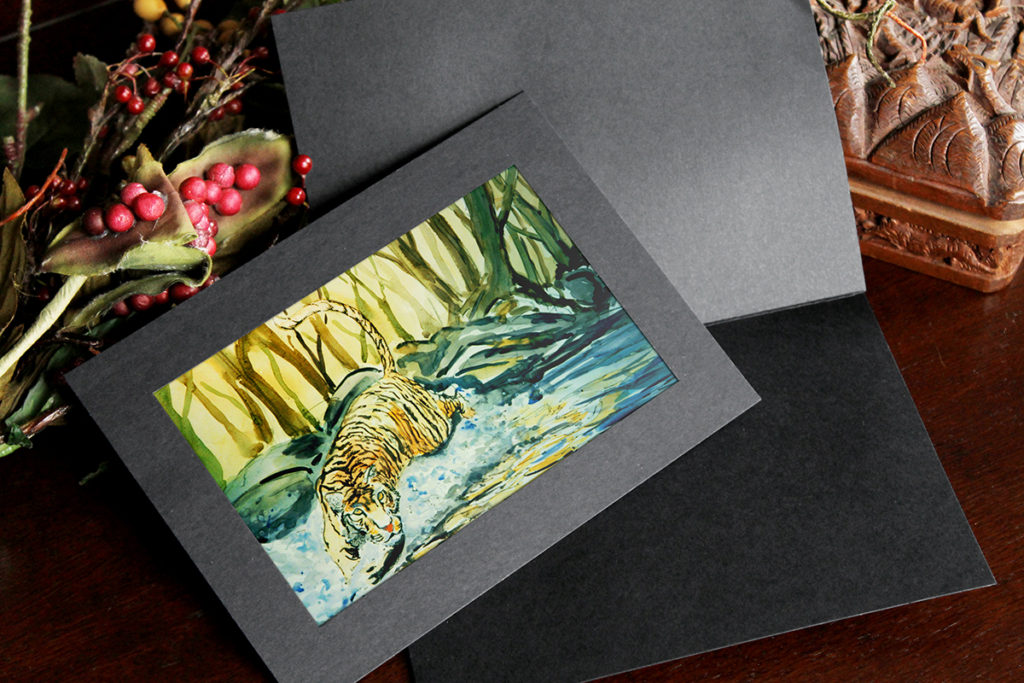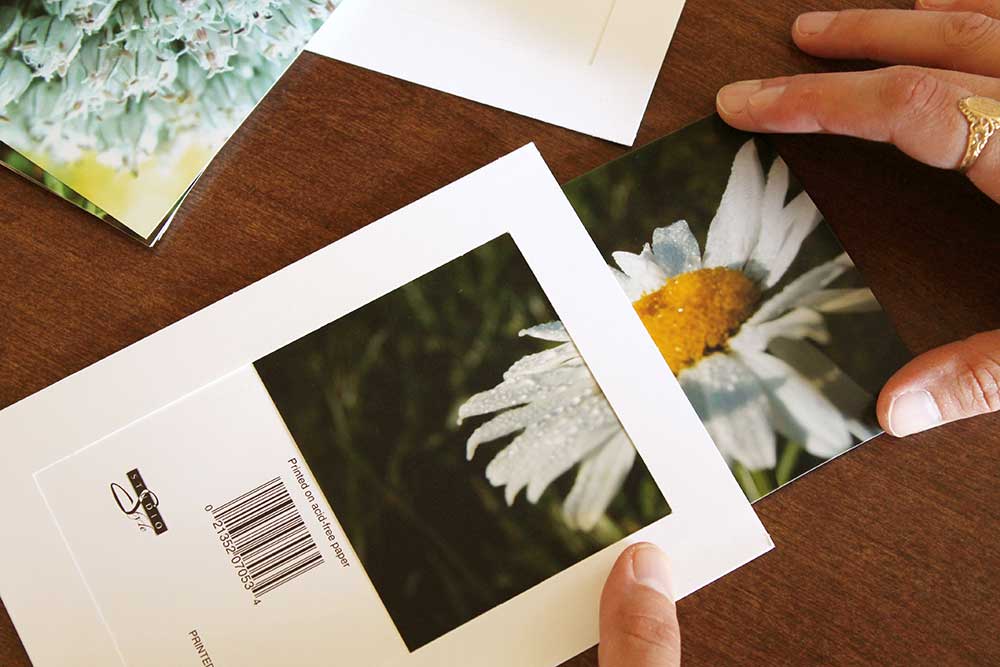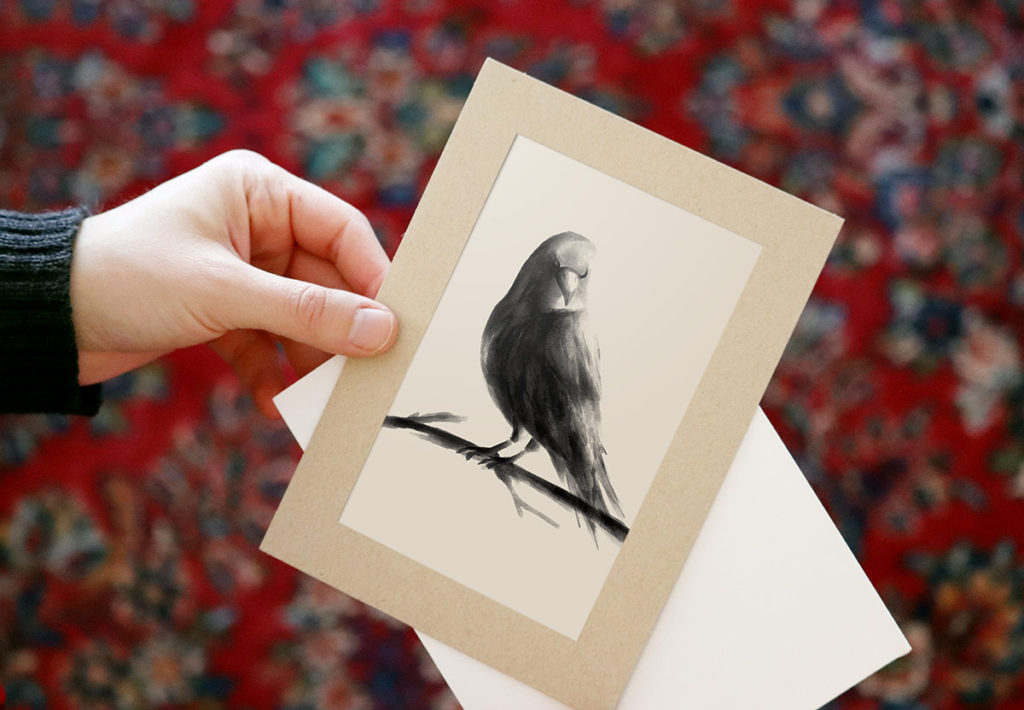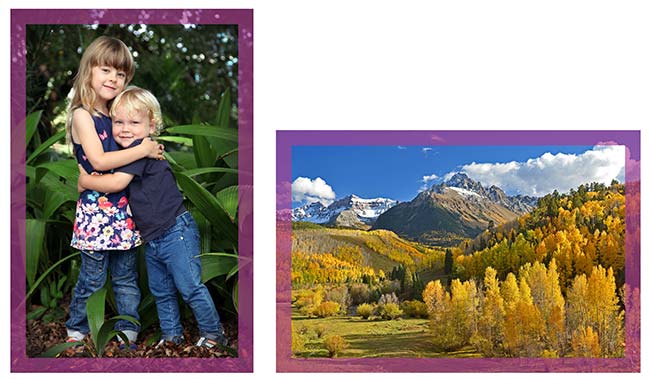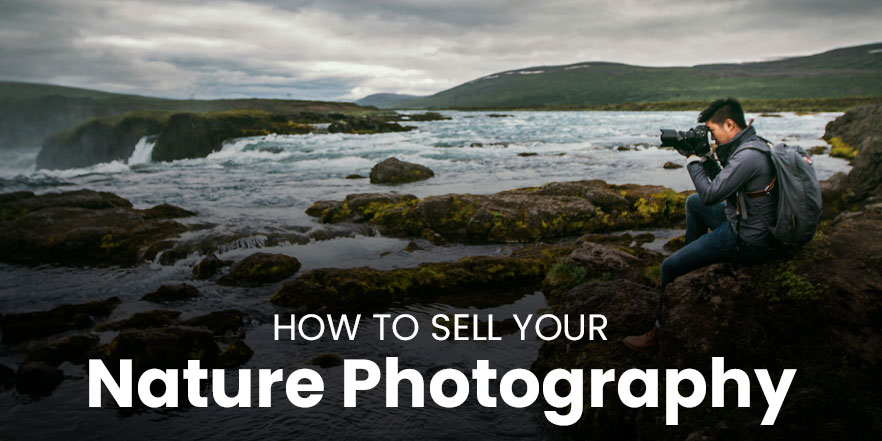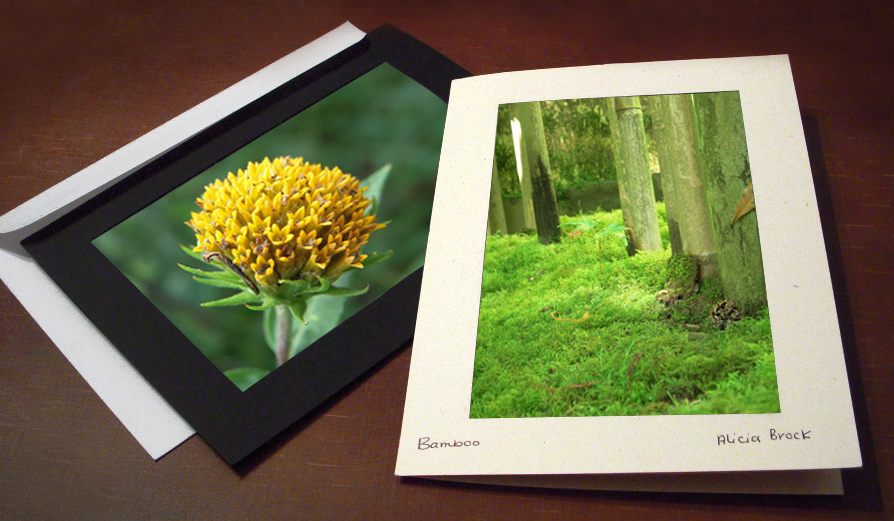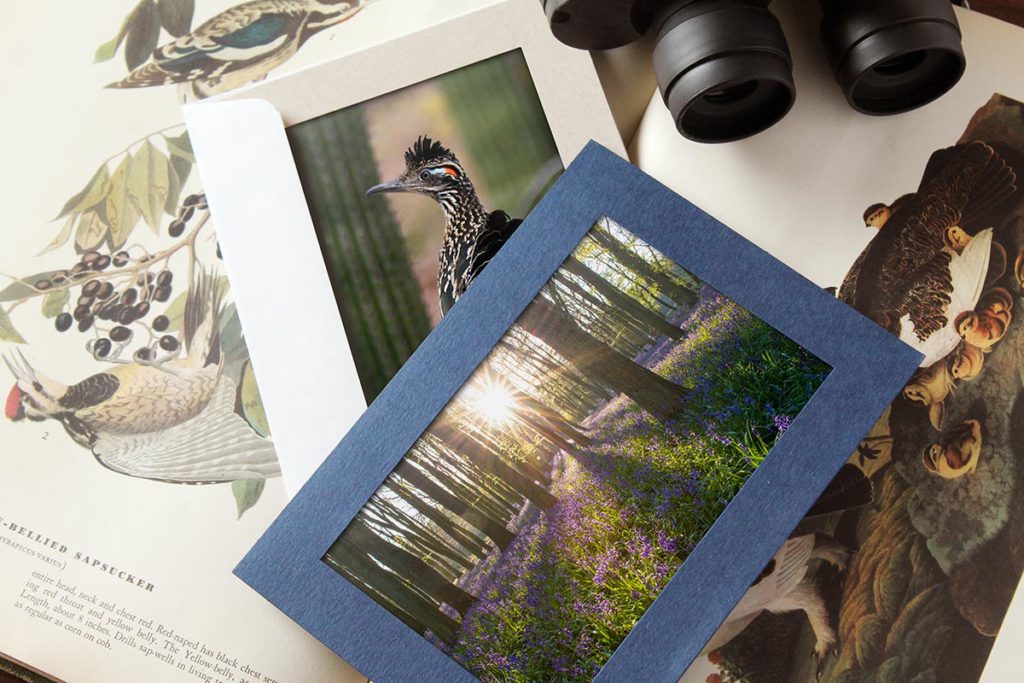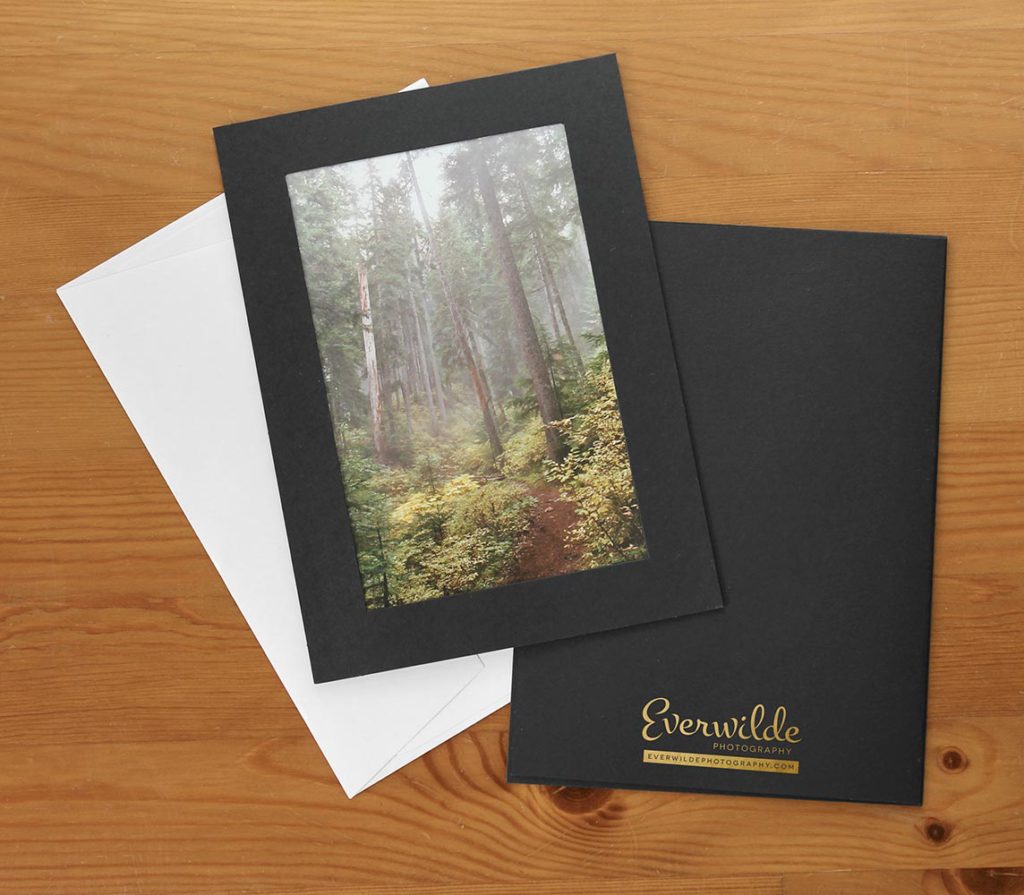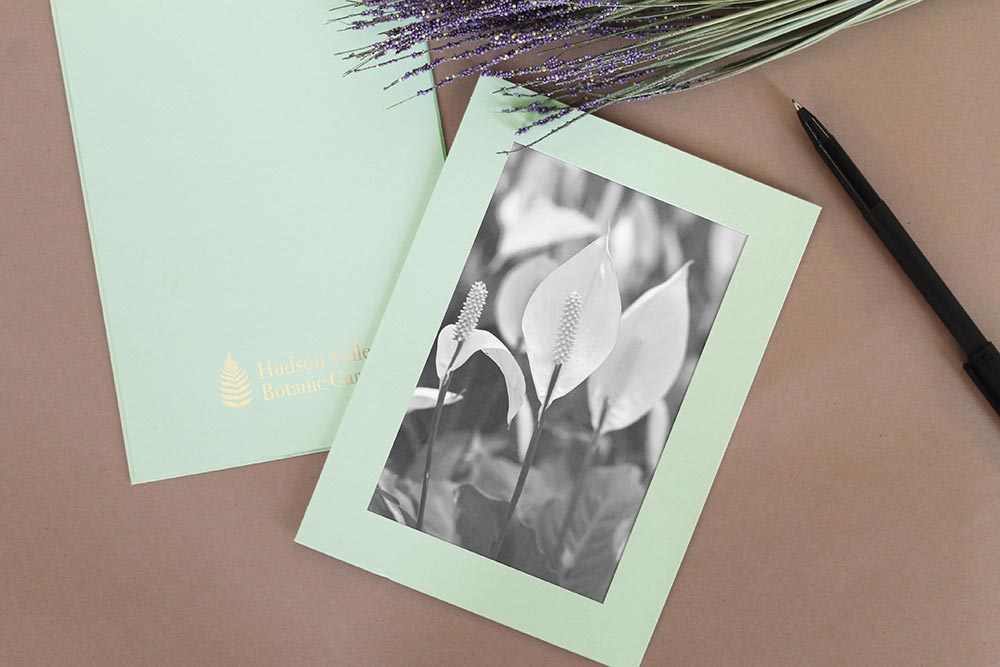Senior photos, family portraits, pet pictures… whatever your photo studio focuses on, you need high-quality photo packaging to present those prints.
And acid-free photo mounts fit the bill.
Like the vintage portrait folders of times gone by, studio photo mounts are a highly practical portrait package add-on because:
- They protect the prints. Package one, or hand out a few folders at different sizes.
- They last. Crafted out of acid-free, archival-quality material, these mounts will still be protecting those portraits many, many years from now. They last long enough to become a family heirloom!
- Gives you a solid branding opportunity. Add your studio logo to the portrait mount. We recommend either the front cover bottom or back cover. Keep it subtle—but noticeable.
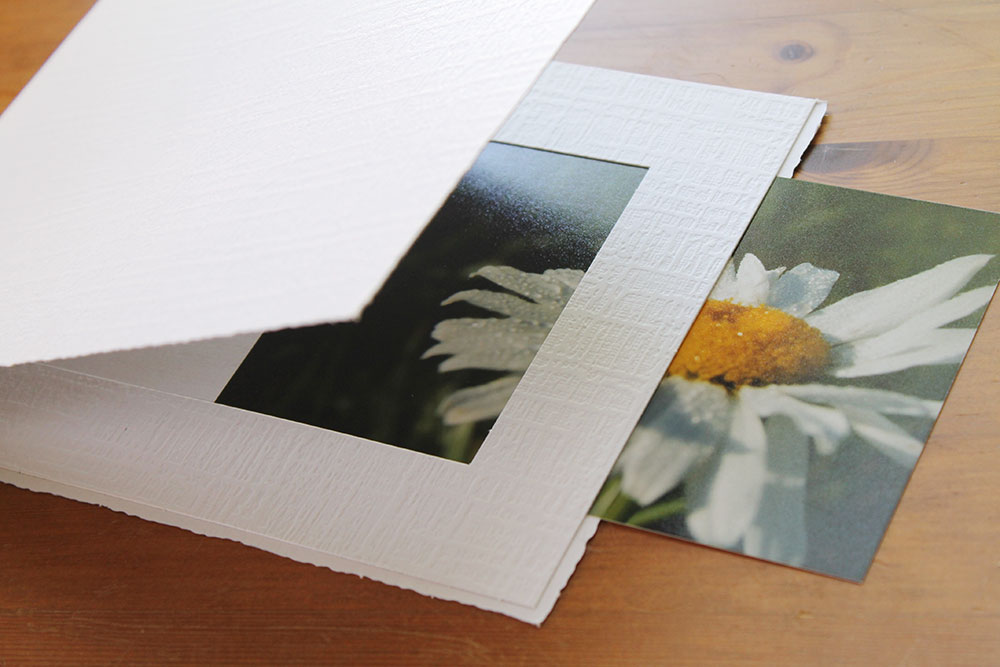
But here’s the big question: how to sell photo mounts to your studio portrait clients.
How to convince clients they need photo mounts: 3 easy options
We talk to many portrait studio photographers, and it seems everyone does things a bit differently when offering package add-ons like portrait folders. Here are a few ideas.
1. Build the portrait folders into the package.
This is the most common method. It’s also the easiest because consumers are accustomed the “upgrade” feature.
Think about it: we see this with streaming services, app subscriptions, and even portrait studio equipment bundles.
If the big dogs can do it, so can you. Maybe you add a few portrait holders to your mid-tier package. Or perhaps part of the premier bundle. Wherever you place them in your portrait package structure, your clients will inherently see them as a premium upgrade.
2. Offer as a small upsell.
Not as popular, but if you’re suave with the sales pitch, it’s a cakewalk. Here are some tips:
Sell them just one or two to protect just a few of the prints. Perfect for if they want to keep some in storage for safe-keeping.
It makes a more unique gift for loved ones. Yes, you can display studio photos with photo mounts! And if they need or want to package it away for a while, the acid-free material means that print will be perfectly protected.
3. Include one as a gift.
When the prints are ready for your clients to pick up, present them with one of their prints mounted in a portrait folder. Mention that it’s a gift, and it’s designed to protect the print for display or storage.
If you do this, be sure to include your studio logo on the folder so they remember who you are… and they can easily recommend you to friends and family.
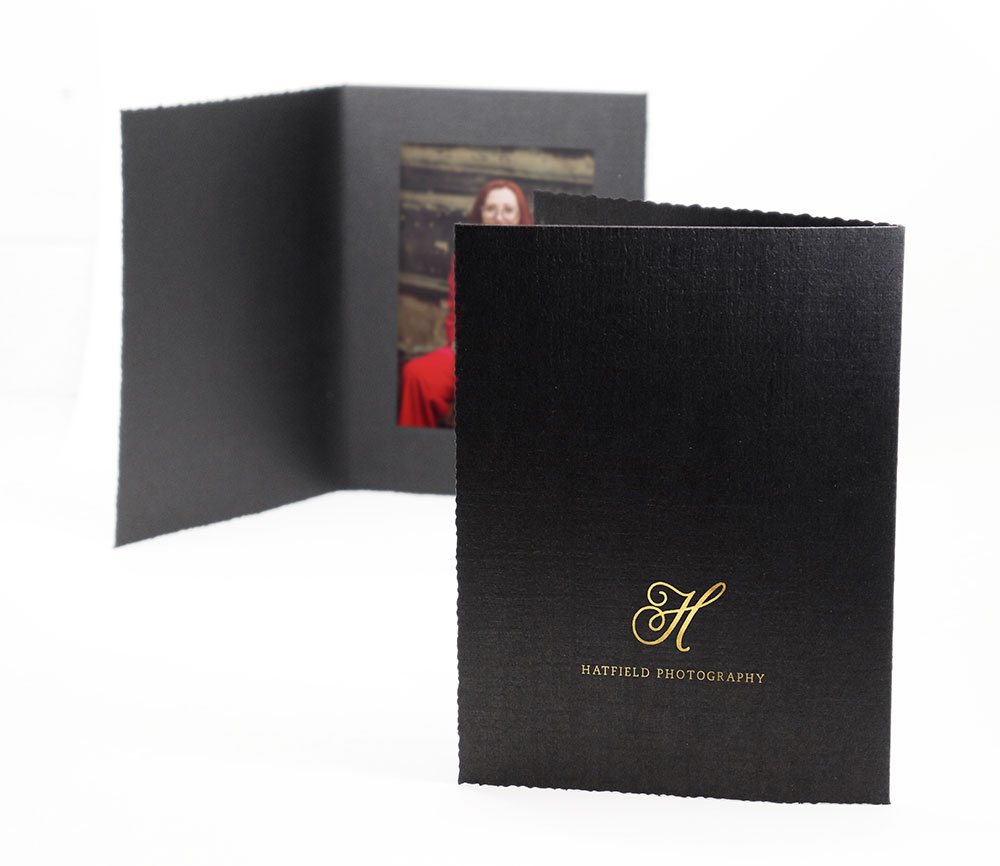
Not just for the studio: photo folders are the perfect wedding favor
Complement your photography with a print holder that matches the luxury of the wedding. The textured feel, the deckled edges… it’s much more upscale than a plain photo folder. Trust us, these portrait holders are popular with brides, and they’ll often willingly spend a bit more on these than the more economical event folders.
Whether you include these as part of a package or upsell them separately as a wedding favor, you’re doing the bride and groom a favor: you’re taking care of the photos AND the wedding favors.
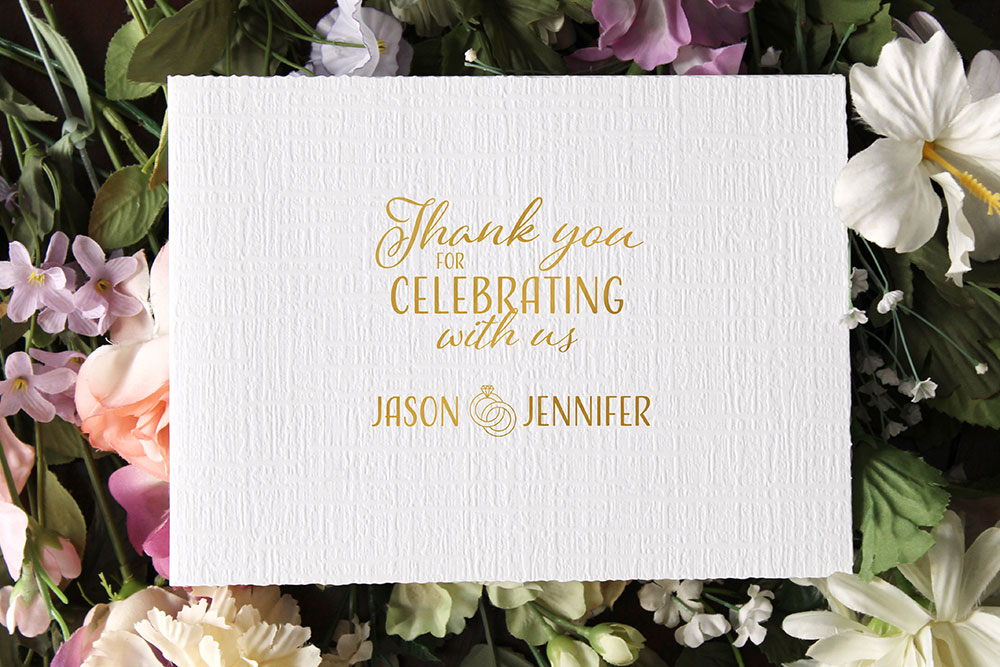
Are you a studio photographer? Check out our wholesale photo mounts.
With savings of up to 60% for professional photographers, we can help you build your portrait packaging collection without breaking the bank.
All of our portrait folders are crafted in the USA out of recycled paper. Browse our entire collection or sign up for a wholesale account.
Leave a Comment
